When to prune hydrangeas – and how to do it right
Find out when to prune hydrangeas and how to do it to get them looking their best with this expert pruning advice
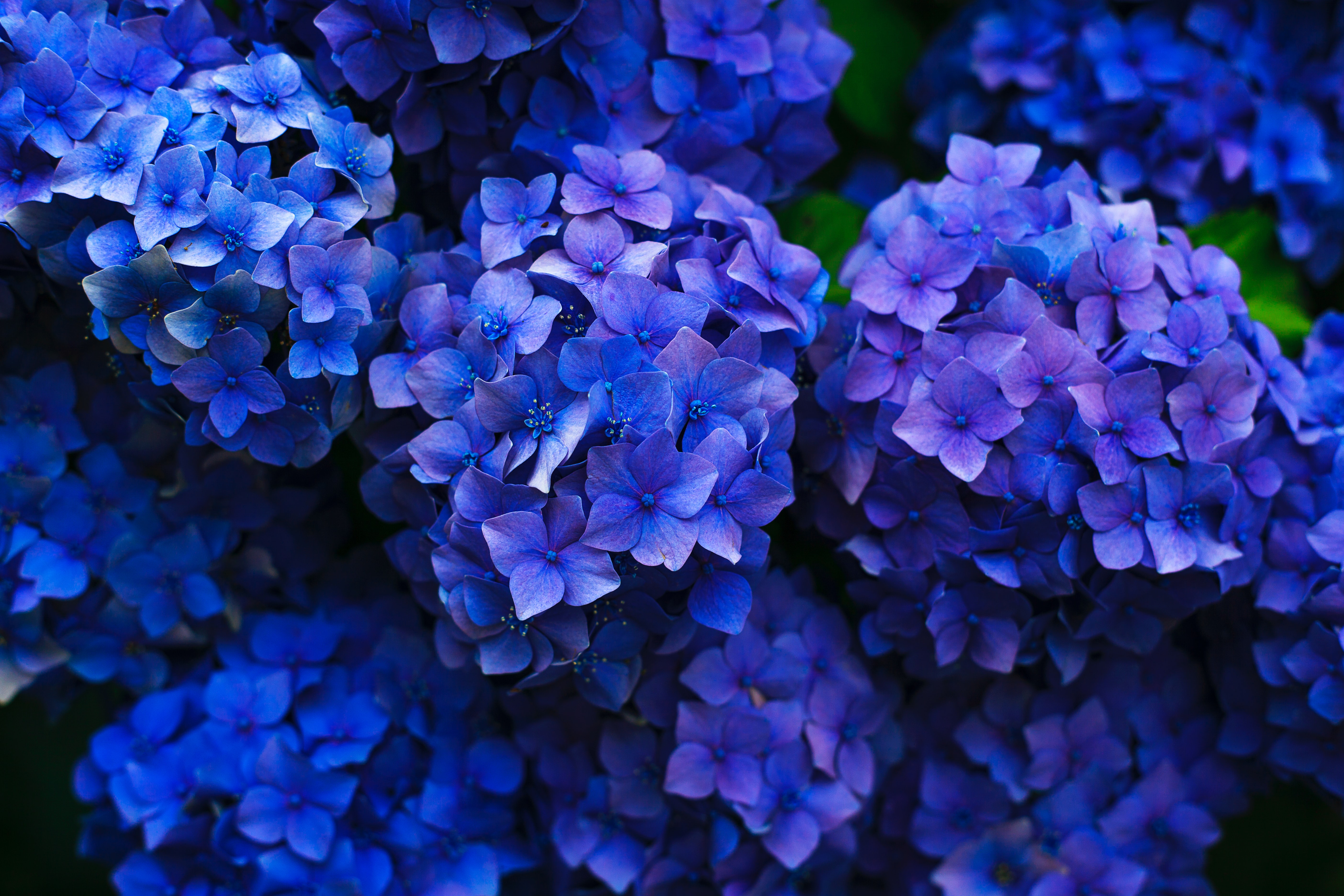
Want to know how and when to prune hydrangeas? Hydrangeas are a staple border plant, producing gorgeous, opulent blooms that change colour as they age. Extremely popular with gardeners in temperate climates the world over, hydrangeas will keep blooming throughout summer and often well into autumn. However, they do need to be looked after properly and pruned at the correct time for best results.
Hydrangeas complement many styles of garden, from a small urban courtyard to cottage-style country plot. The dried flower heads also make wonderful flower arrangements to adorn your home.
Follow this advice on when and how to prune your hydrangea plants when learning how to care for hydrangeas and maximizing their flowering potential.
- How to design a garden: from the experts
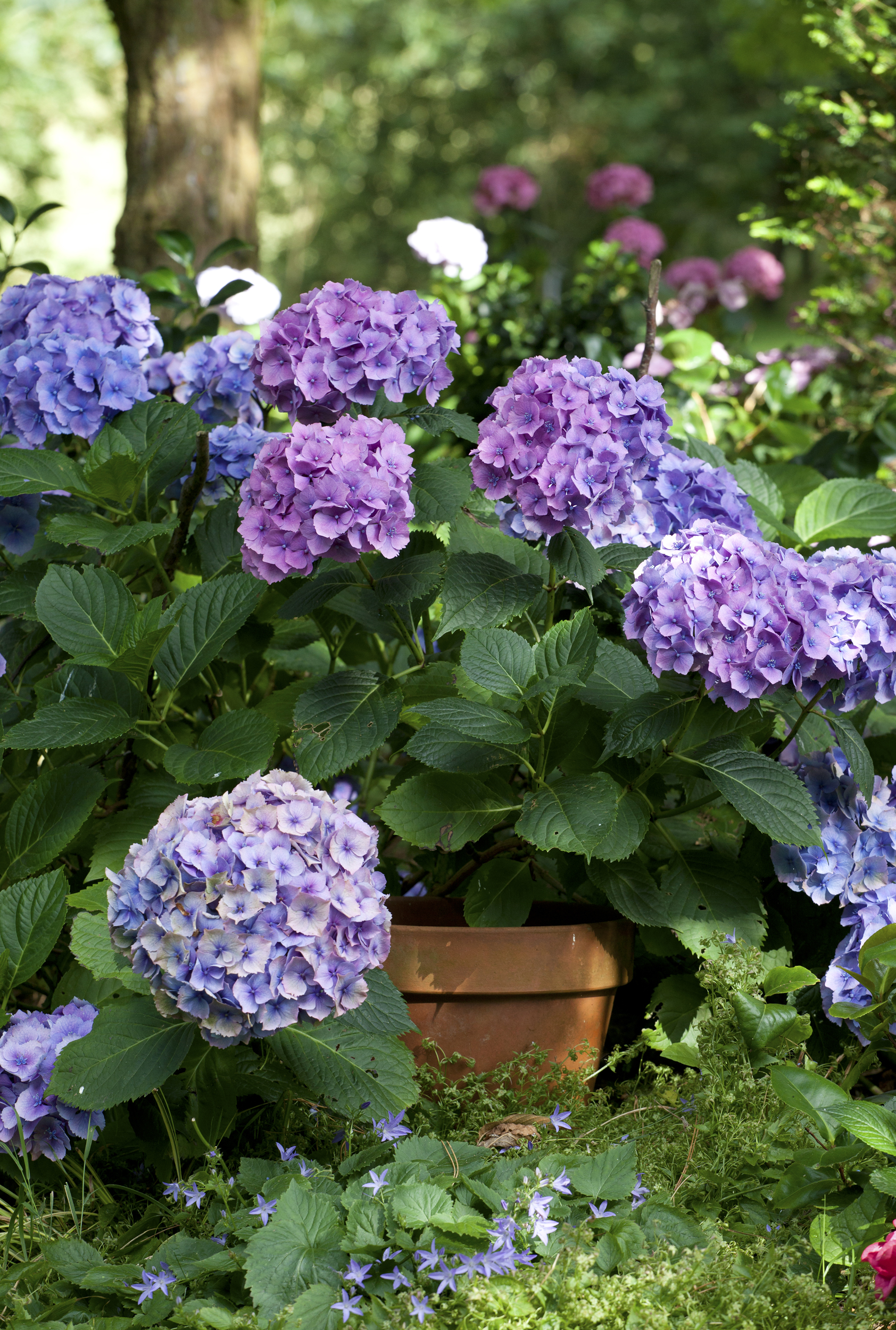
Mophead hydrangeas are one of the most popular varieties grown in British gardens
When to prune hydrangeas
Proper timing for pruning is the key to keeping hydrangeas flowering to their best potential and stopping hydrangeas from dropping.
Hydrangeas that bloom on old growth should only be pruned after flowering. Others bloom on new growth and should be pruned before they wake up in spring or as they are going dormant in winter. For more garden ideas, go to our dedicated page.
- Mophead and lacecap hydrangeas can be pruned in late winter or early spring
- The climbing hydrangea should be pruned in summer after flowering
- Prune smooth hydrangeas and paniculata species annually to a framework of branches to make them flower more prolifically
- Serrata can be treated the same as mophead and lacecap
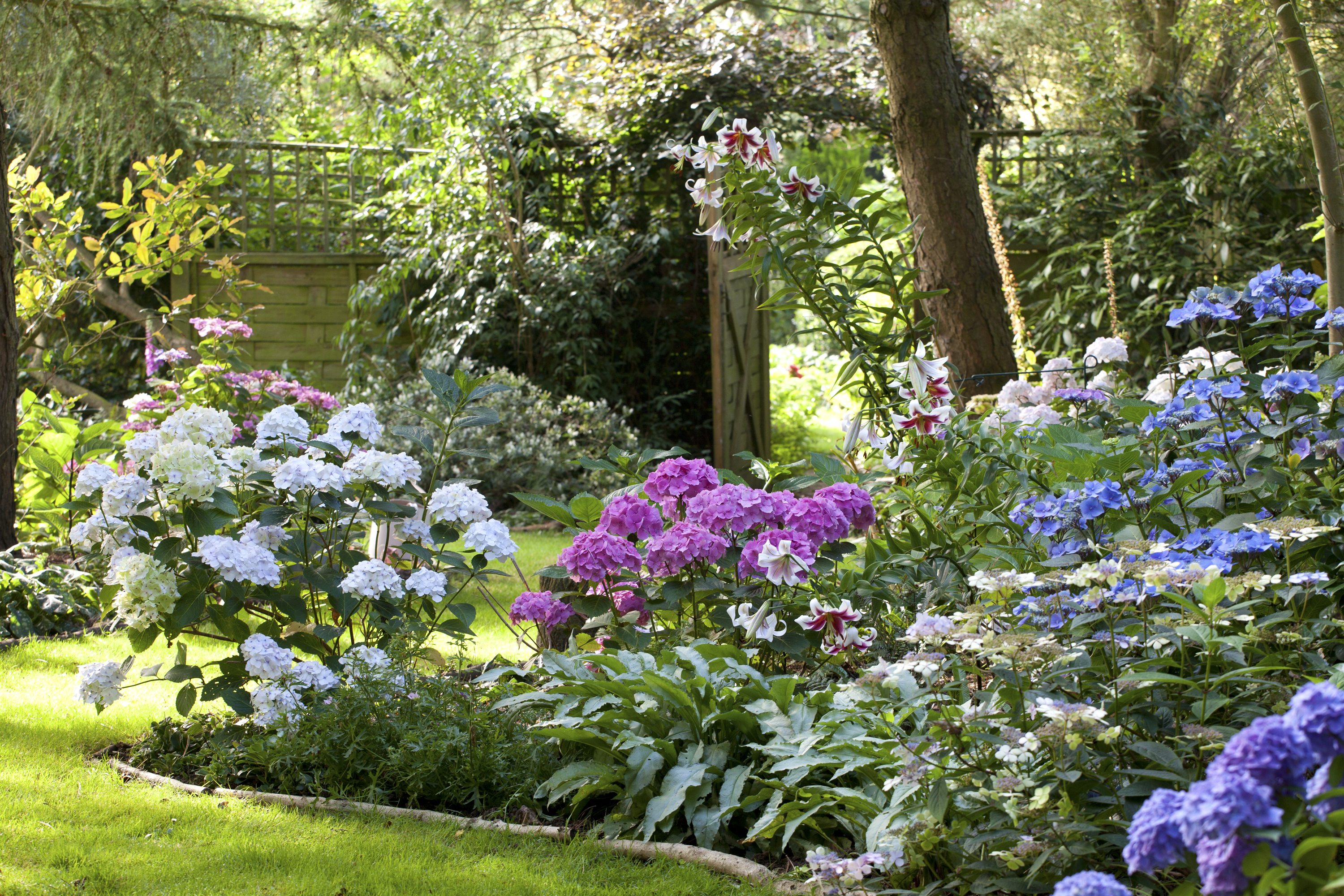
Mophead and lacecap hydrangeas in a mixed garden bed
How to prune hydrangeas
Big leaf hydrangeas
Mopheads form flowers in spring from buds that formed in late summer. Dead blooms form an important protective layer for emerging buds, so it is best to leave them on the plant over winter to provide some frost protection.
Get small space home decor ideas, celeb inspiration, DIY tips and more, straight to your inbox!
Wait until the last frosts are over, as a hard frost in May can wipe out a year's flowers. Remove the dead flowerheads in early spring, cutting back the stem to the first strong, healthy pair of buds down from the faded bloom.
Lacecaps can be treated the same way or, as they are hardier than mopheads, can be pruned in autumn after the flowers have finished their late summer display. Cut back after flowering to the second pair of leaves below the head in order to prevent seed developing.
On established mopheads and lacecaps, cut one or two of the oldest stems at the base to encourage the production of new, vigorous replacement growth.
Hydrangea serrata can be pruned in the same way.

Prune hydrangeas at the right time to ensure repeat flowering
Get more gardening tips with Period Living

Period Living is the UK's best-selling period homes magazine. Get inspiration, ideas and advice straight to your door every month with a subscription.
Climbing hydrangeas
The climbing hydrangea (Hydrangea anomala subsp. petiolaris) should have overlong shoots cut back immediately after flowering.
Most flowers appear towards the top of the plant, so leave as much of this un-pruned as possible.
Hydrangea paniculata and arborescens
To maintain a permanent framework for these shrubs, each spring, cut back last year’s stems to a pair of healthy buds.
To produce larger flower panicles on strong, upright branches, hard prune to the lowest pair of healthy buds, creating a low framework of branches.
Types of hydrangeas

The most commonly grown hydrangeas in gardens are big leaf varieties – Hydrangea macrophylla – lacecaps and mopheads.
Mopheads are identified by their full, roundish heads of large petals. The colour of the mophead florets is affected by the pH of the soil in which they are grown. An alkaline soil, such as chalk, will produce flowers that are predominately pink, whereas in a very acidic soil, shades of blue will dominate.
Lacecaps have tiny flowers in the centre of the bloom and an outer border of large petals.
Mophead and lacecap hydrangeas will bloom well with little attention, but regular pruning encourages new growth that can result in a better display.
Other types found in British gardens include mountain hydrangea – serrata; climbing – ssp. petiolaris; paniculata, and arborescens, or smooth hydrangeas.
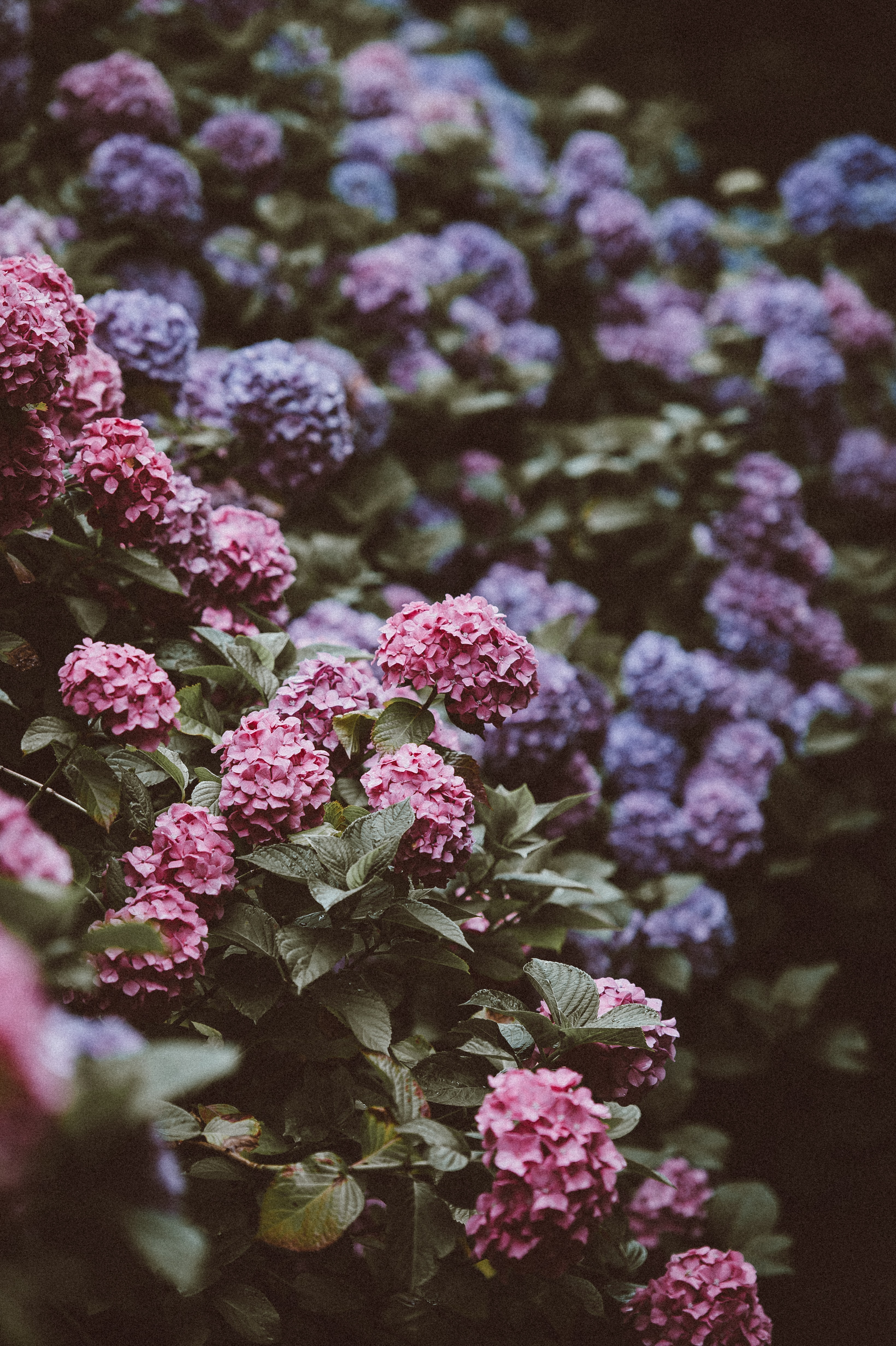
How to deal with old hydrangeas
When a hydrangea gets old and woody, it can produce smaller blooms.
If you need to reinvigorate neglected hydrangeas, cut off all the stems at the base, but this will remove all of the flowers so the new stems will not bloom until the following year.
To prevent flower loss, stagger drastic pruning over three or four years, reducing the size of the plant gradually.
How to cut hydrangeas for drying
Hydrangeas make for wonderful cut flowers and make for a fine dried display in your home for months after they've been cut. Here's how to do it right:
1. Cut a few stems with secateurs, taking care to make a clean cut just above a healthy leaf node.
2. Cut the stems again, this time at an angle, roughly down the middle between where you've cut them off and the leaf node further up the stem.
3. Fill up a vase up to about an inch with water. Remove the leaves and place the stems in the vase. Place in a cool, bright position.
4. Once the hydrangeas have soaked up the water, let them dry. They should last several months after that.
Late-blooming hydrangeas: which variety should I choose?
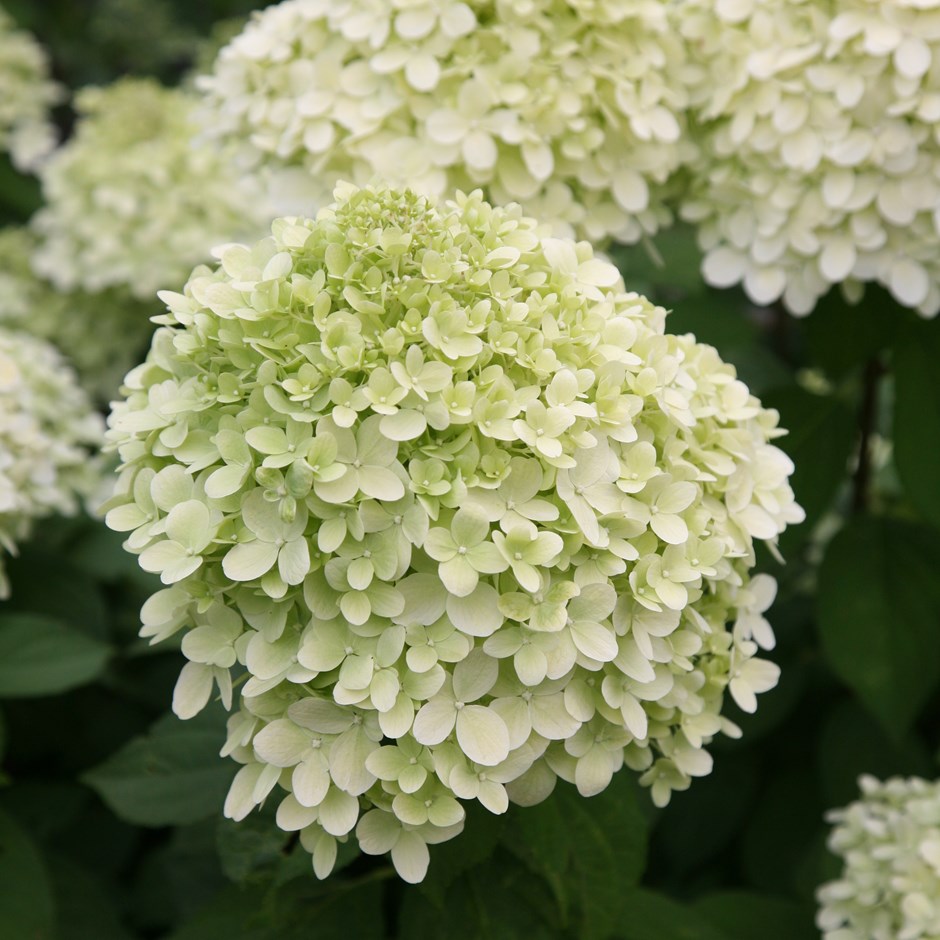
While Mophead hydgrangeas will retain their blooms, these do lose colour and dry out quite soon once the summer's over. You may have better luck with the Hydrangea paniculata 'Limelight'. This variety of hydrangea is often slightly slower to begin blooming in summer, but it rewards with fluffy blooms that are snow-white at first, turning green and, finally, crimson in autumn, sometimes as late as mid-October.
More gardening advice:
- Shade gardens: planting and design tips
- Pruning roses: growing and caring for a rose garden
- How to get your garden ready for spring